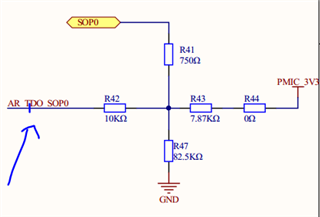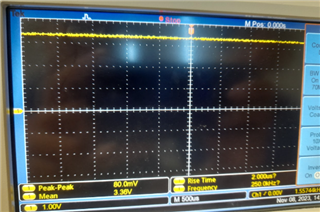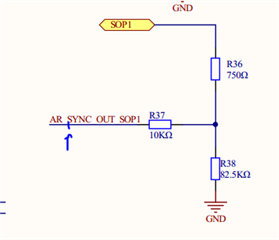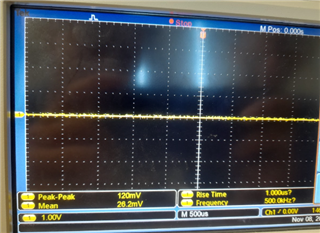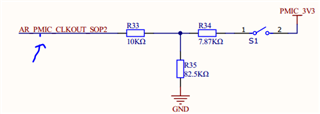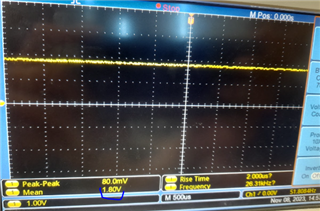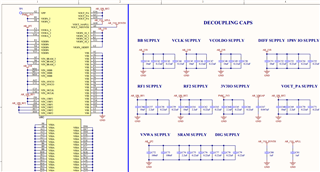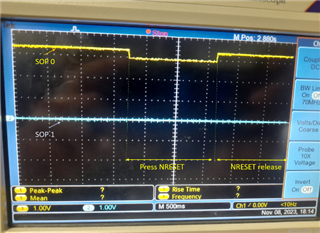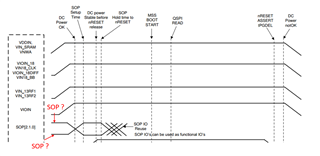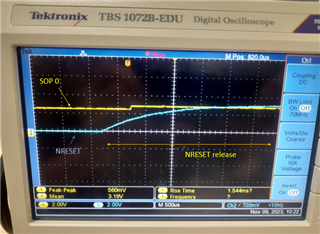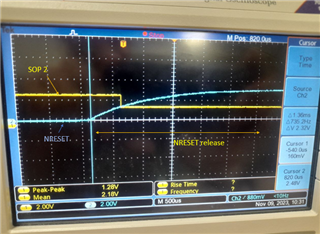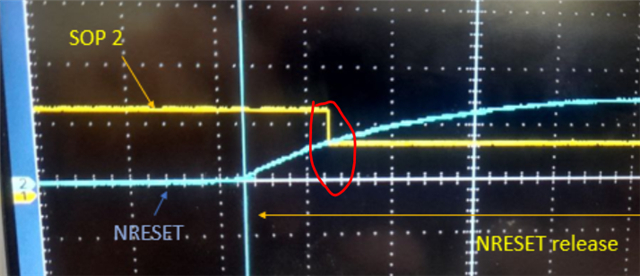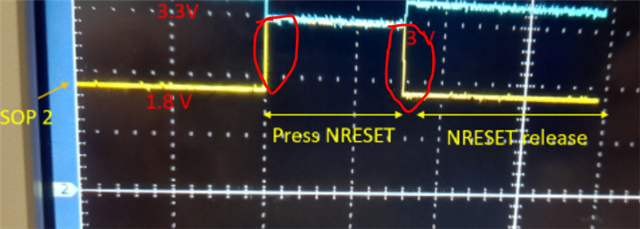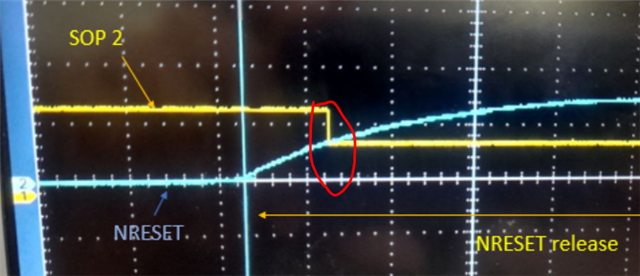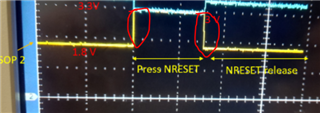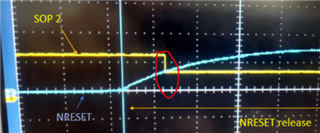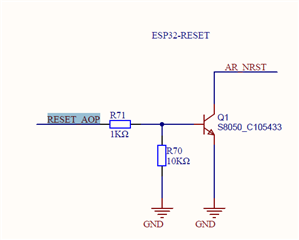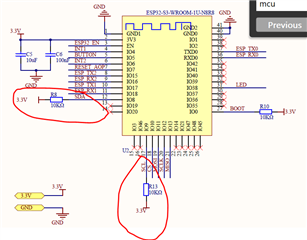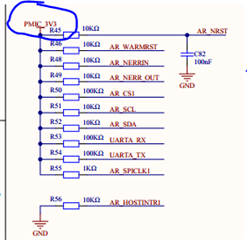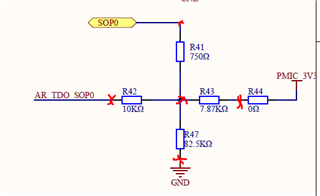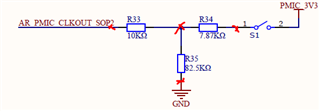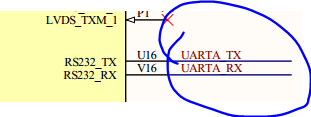Other Parts Discussed in Thread: IWR6843, UNIFLASH, , ALP
Hi everybody,
I'm developing a circuit board using the IWR6843 and I have the following questions.
I want to use UNIFLASH to flash IWR6843AOP chip over UARTA using USB TO UART CH340, in my design removed USB TO UART CP2105, below is my uart block design:
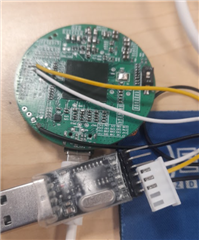
In my design, I tested sources from the PMIC generating 3.3V, 1.2V, 1.0V, 1.8V all working fine.
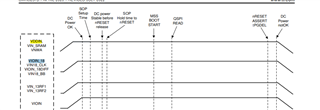
VDDIN = 1.19 v
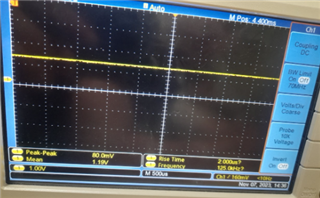
VION_18 = 1.73 v
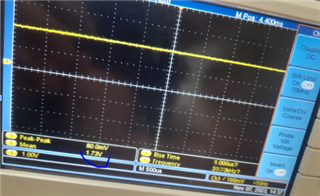
VIN_13RF1 = 1.02 v

VIOIN = 3.33v
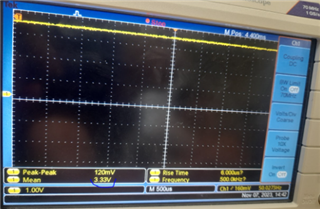
SOP0, SOP1, SOP1 should be placed in the correct position (1 0 1 _ flash_mode):
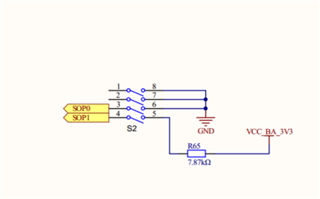
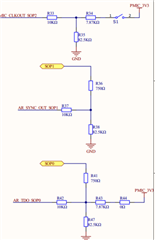
But UNIFLASH started flashing to IWR6843, showing the following error:

i guess the flashing process via UART is being stopped here, when UNIFLASH sends interrupt signal to IWR6843, it gets no response or wrong response from IWR6843. I used an oscilloscope to measure pulses from the IWR6843AOP circuit board and the circuit board I designed myself, the results are as follows:
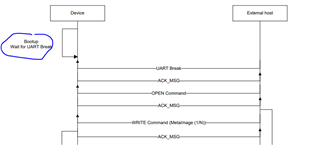
- The pulse I measured is from the UARTA_TX pin of the IWR6843AOP board
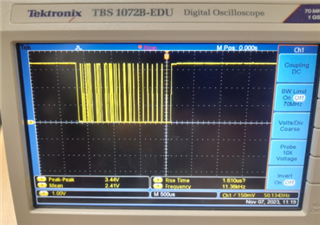

- The pulse I measured is from the UARTA_TX pin of the circuit board I designed
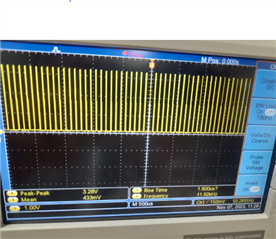

=>The pulse measured from the IWR6843AOP circuit board responding when receiving a break signal from UNIFLASH is different from the pulse measured from the circuit board I designed myself.
I am willing to provide my board design to solve this problem.
I have the following questions:
1.Can I FLASH my design board over UART using USB TO UART CH340? If not, which USB TO UART should I use to flash my circuit board.
- Does the IWR6843 on my board automatically send a signal break to UNIFLASH, or do I have to simulate a signal break somehow to send it to UNIFLASH?
I look forward to receiving your help regarding the problem I have encountered
Thanks and Regards,
Tu Tran


